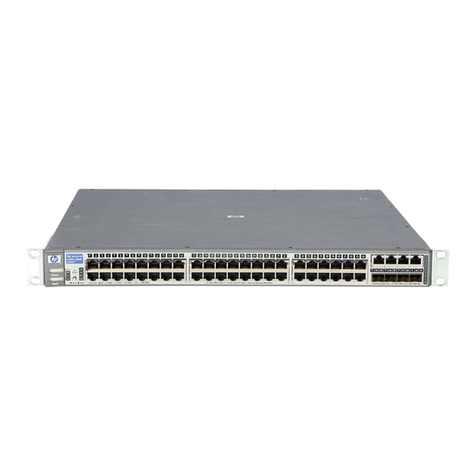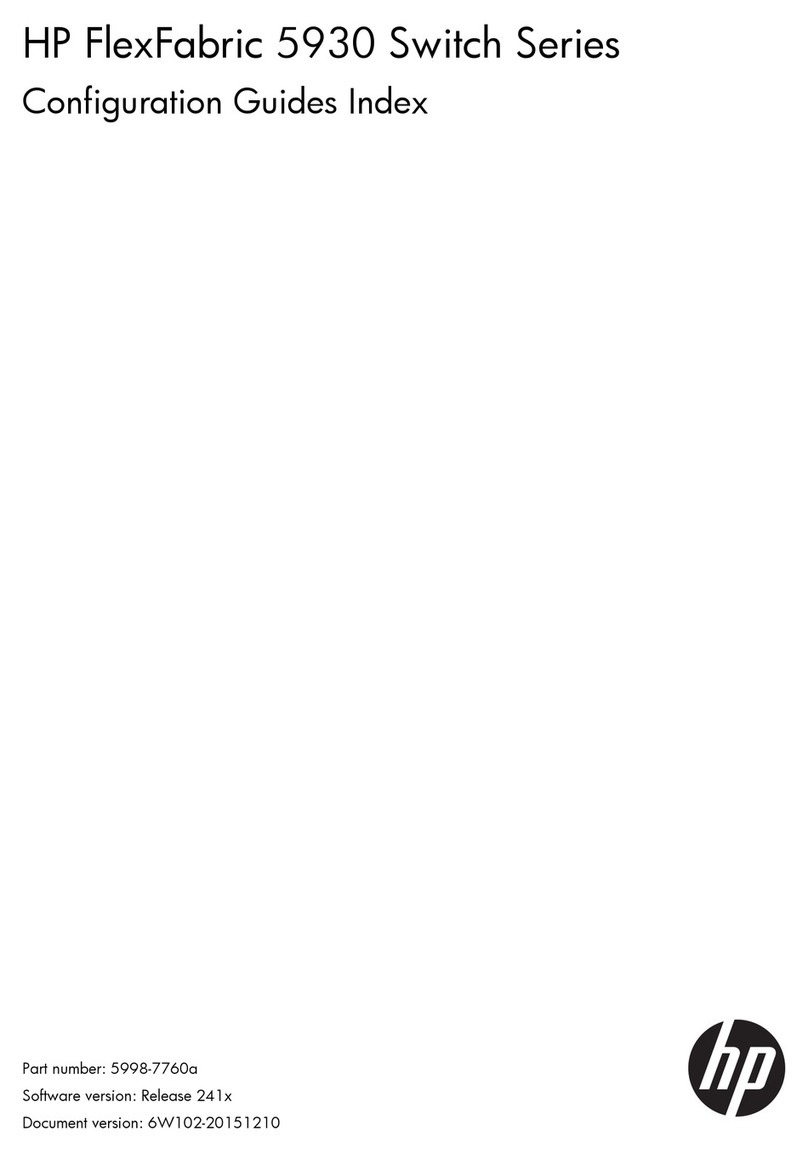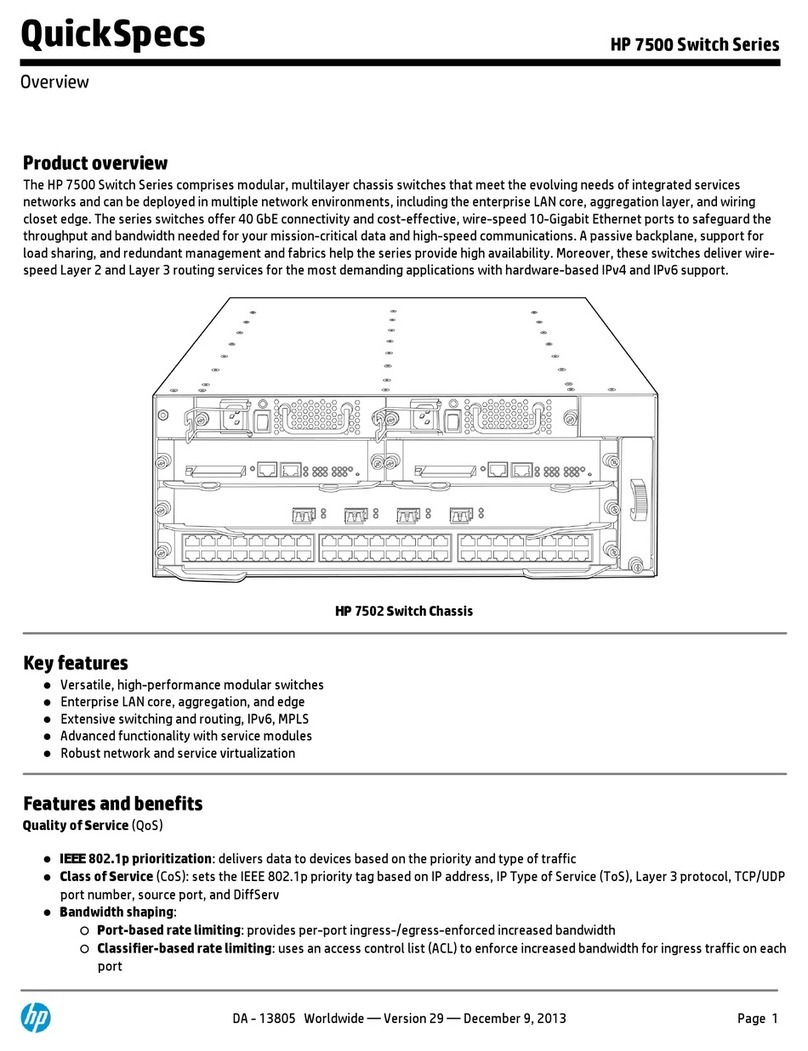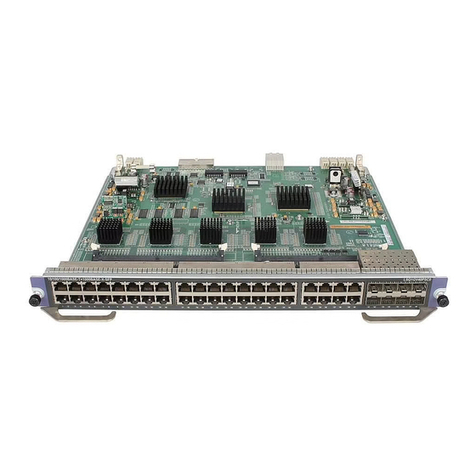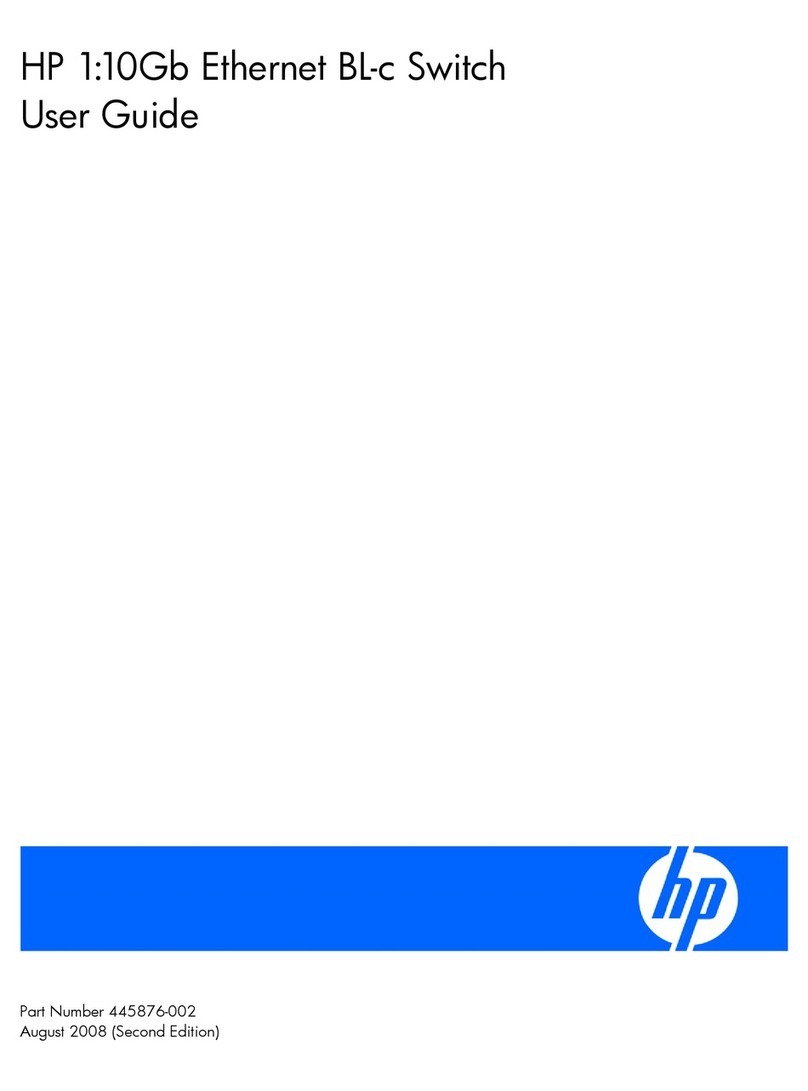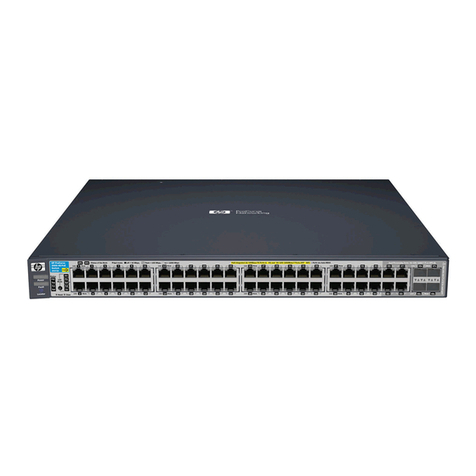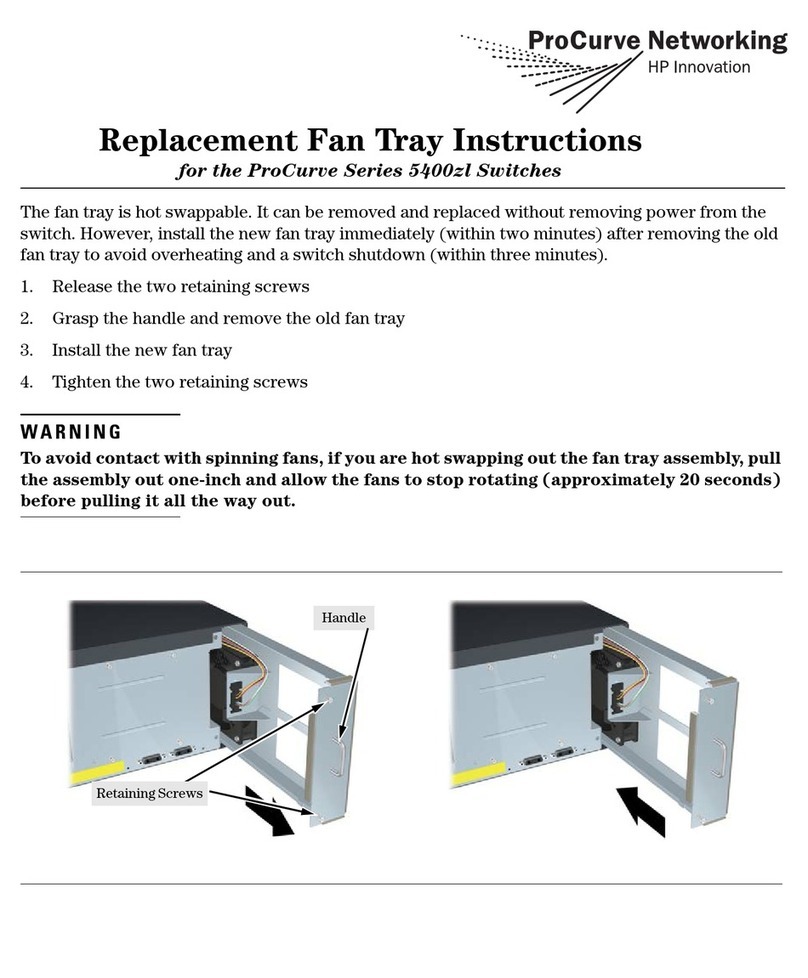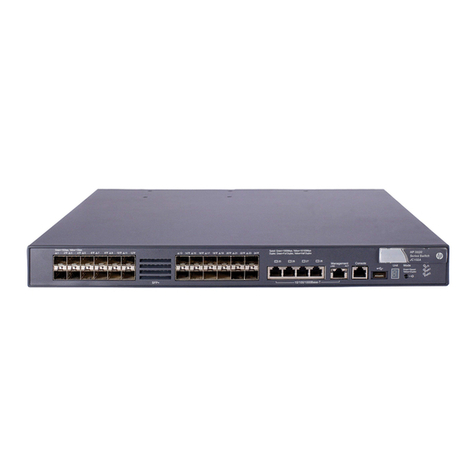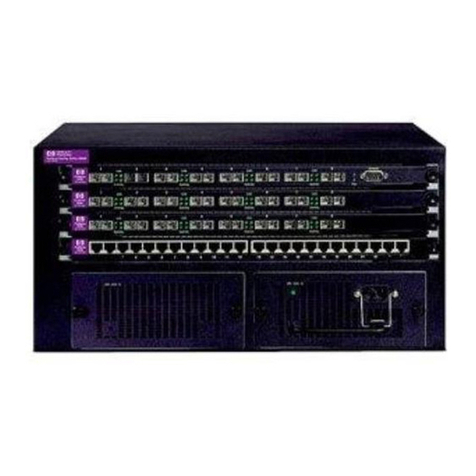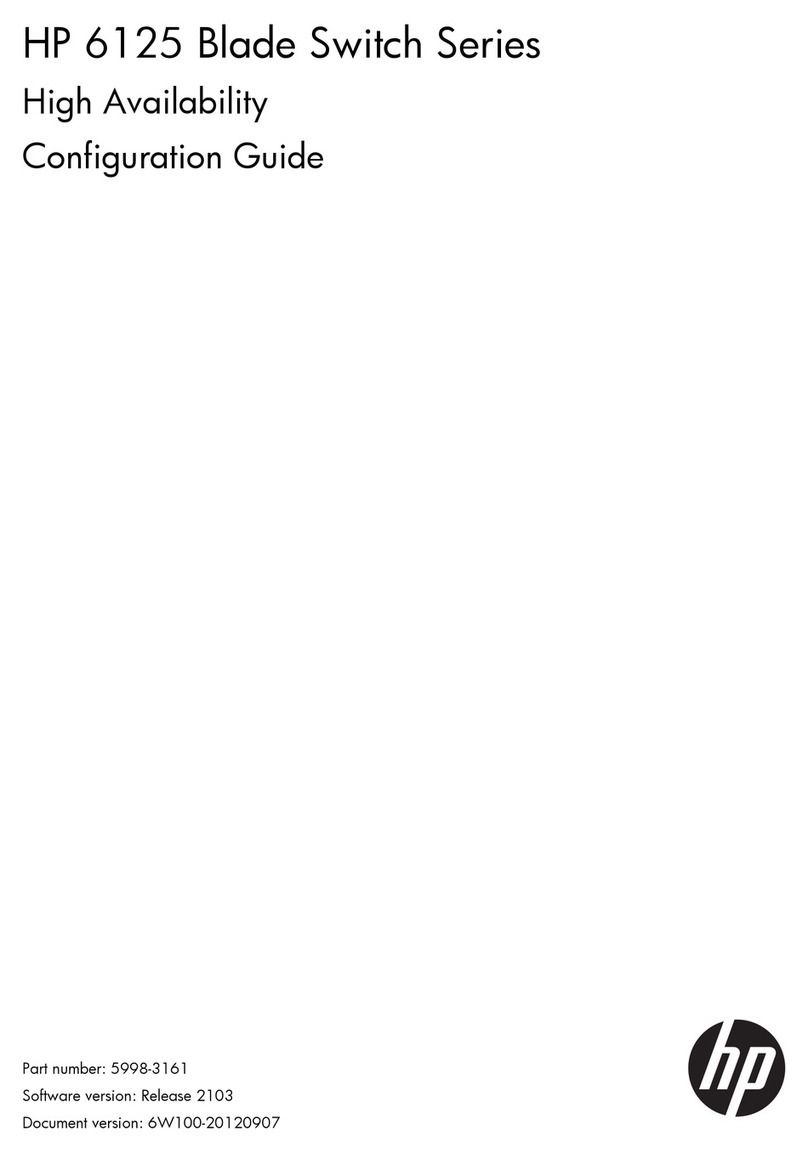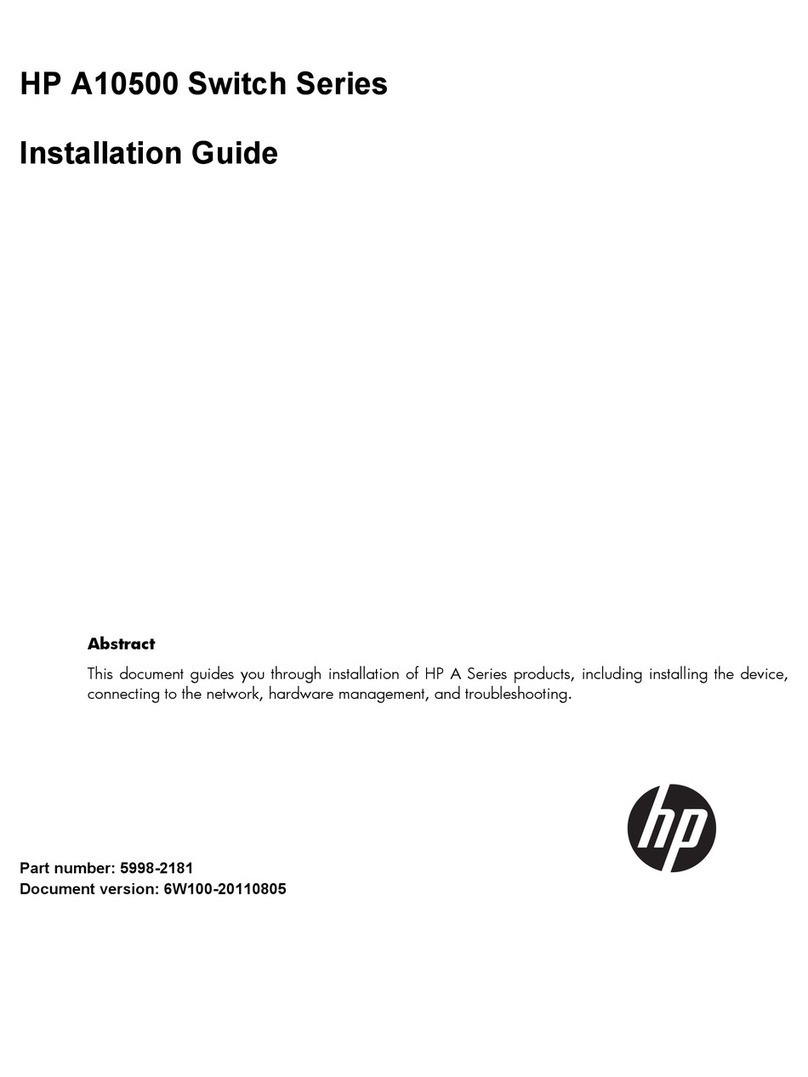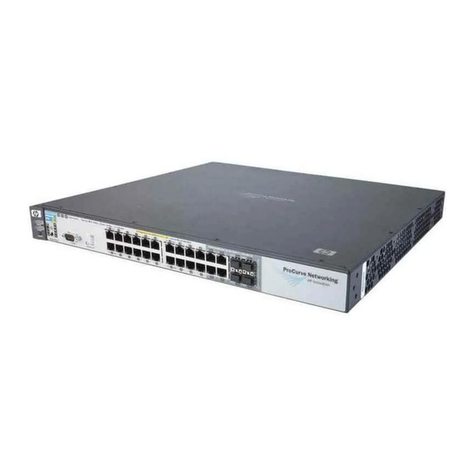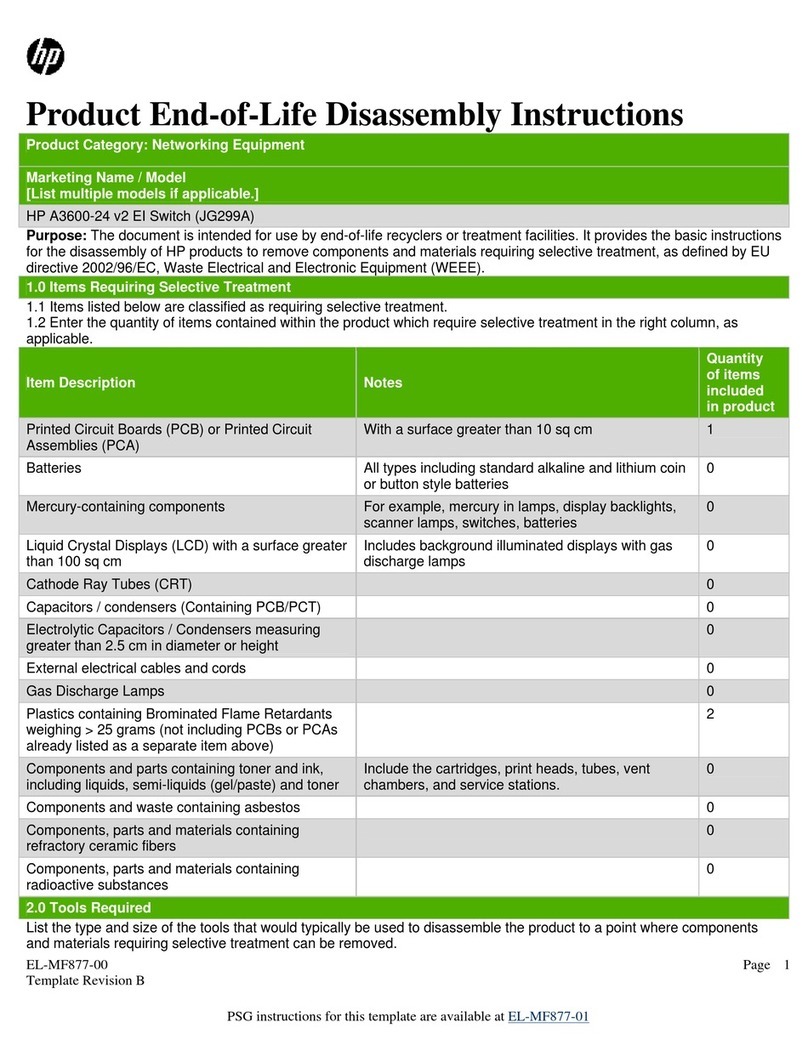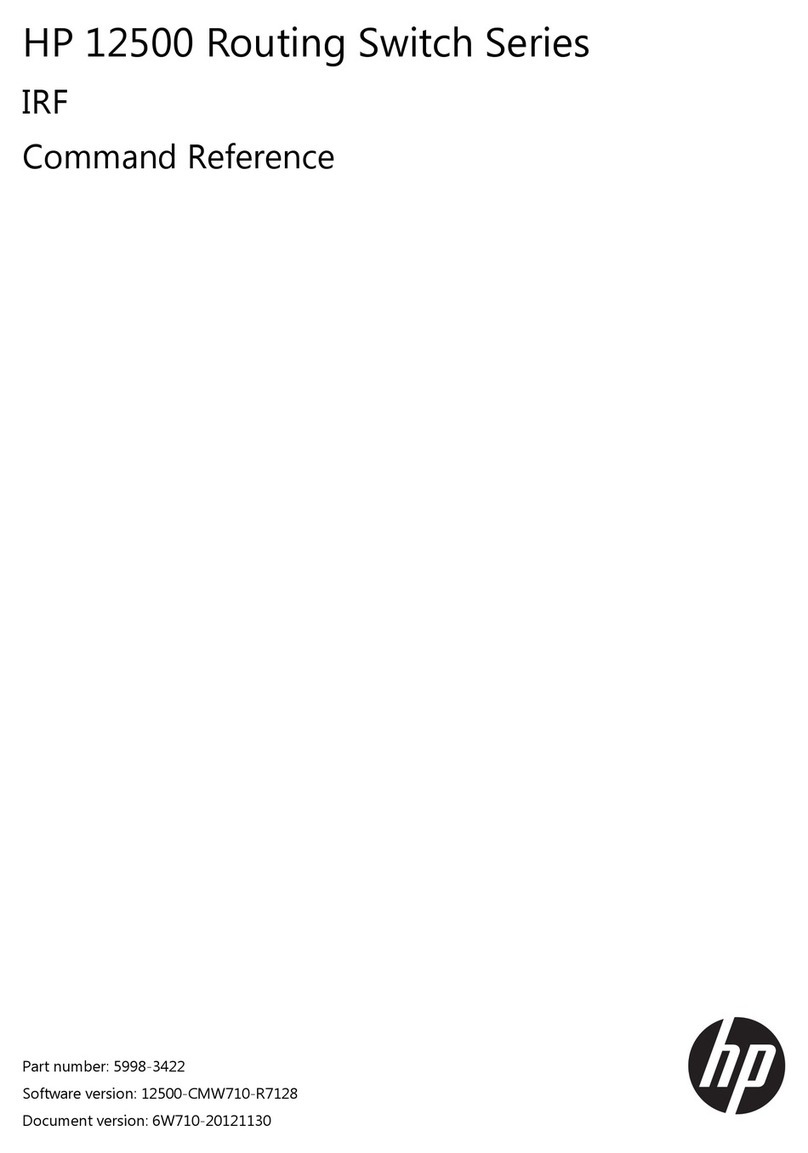ii
Configuring priority mapping ···································································································································24
Overview········································································································································································· 24
Introduction to priorities········································································································································ 24
Priority maps ·························································································································································· 24
Priority trust mode on a port································································································································· 25
Priority mapping process······································································································································ 26
Priority mapping configuration tasks ··························································································································· 27
Configuring a priority map ··········································································································································· 28
Configuring a port to trust packet priority for priority mapping ··············································································· 28
Changing the port priority of an interface ·················································································································· 29
Displaying and maintaining priority mapping············································································································ 29
Port priority configuration example······························································································································ 30
Network requirements··········································································································································· 30
Configuration procedure ······································································································································ 30
Priority mapping table and priority marking configuration example ······································································· 30
Network requirements··········································································································································· 30
Configuration procedure ······································································································································ 32
Configuring traffic policing, GTS, and rate limit ·····································································································34
Overview········································································································································································· 34
Traffic evaluation and token buckets··················································································································· 34
Traffic policing······················································································································································· 35
GTS ········································································································································································· 36
Rate limit································································································································································· 37
Configuring traffic policing··········································································································································· 37
Configuring GTS ···························································································································································· 38
Configuring the rate limit ·············································································································································· 39
Displaying and maintaining traffic policing, GTS, and rate limit············································································· 39
Traffic policing and traffic shaping configuration example ······················································································ 39
Network requirements··········································································································································· 39
Configuration procedures····································································································································· 40
Configuring congestion management ······················································································································43
Overview········································································································································································· 43
Impacts and countermeasures······························································································································ 43
Congestion management techniques ·················································································································· 43
Configuration approaches and task list······················································································································· 46
Configuring SP queuing ················································································································································ 46
Configuration procedure ······································································································································ 46
Configuration example ········································································································································· 46
Configuring WRR queuing············································································································································ 46
Configuration procedure ······································································································································ 46
Configuration example ········································································································································· 47
Configuring WFQ queuing··········································································································································· 47
Configuration procedure ······································································································································ 47
Configuration example ········································································································································· 48
Configuring SP+WRR queuing ····································································································································· 49
Configuration procedure ······································································································································ 49
Configuration example ········································································································································· 49
Configuring SP+WFQ queuing ···································································································································· 50
Configuration procedure ······································································································································ 50
Configuration example ········································································································································· 50
Displaying and maintaining congestion management······························································································· 51
Configuring congestion avoidance···························································································································52
Overview········································································································································································· 52


